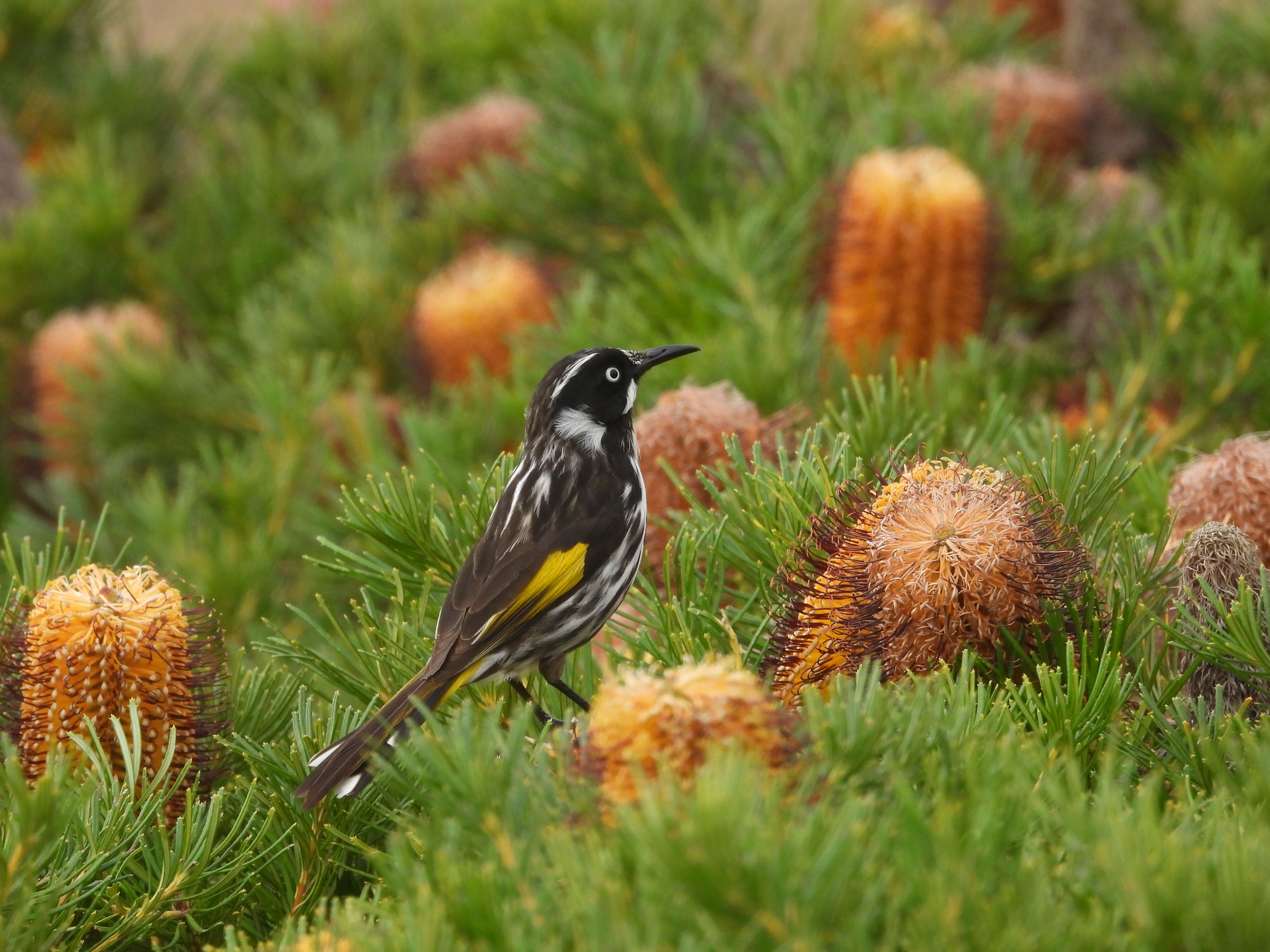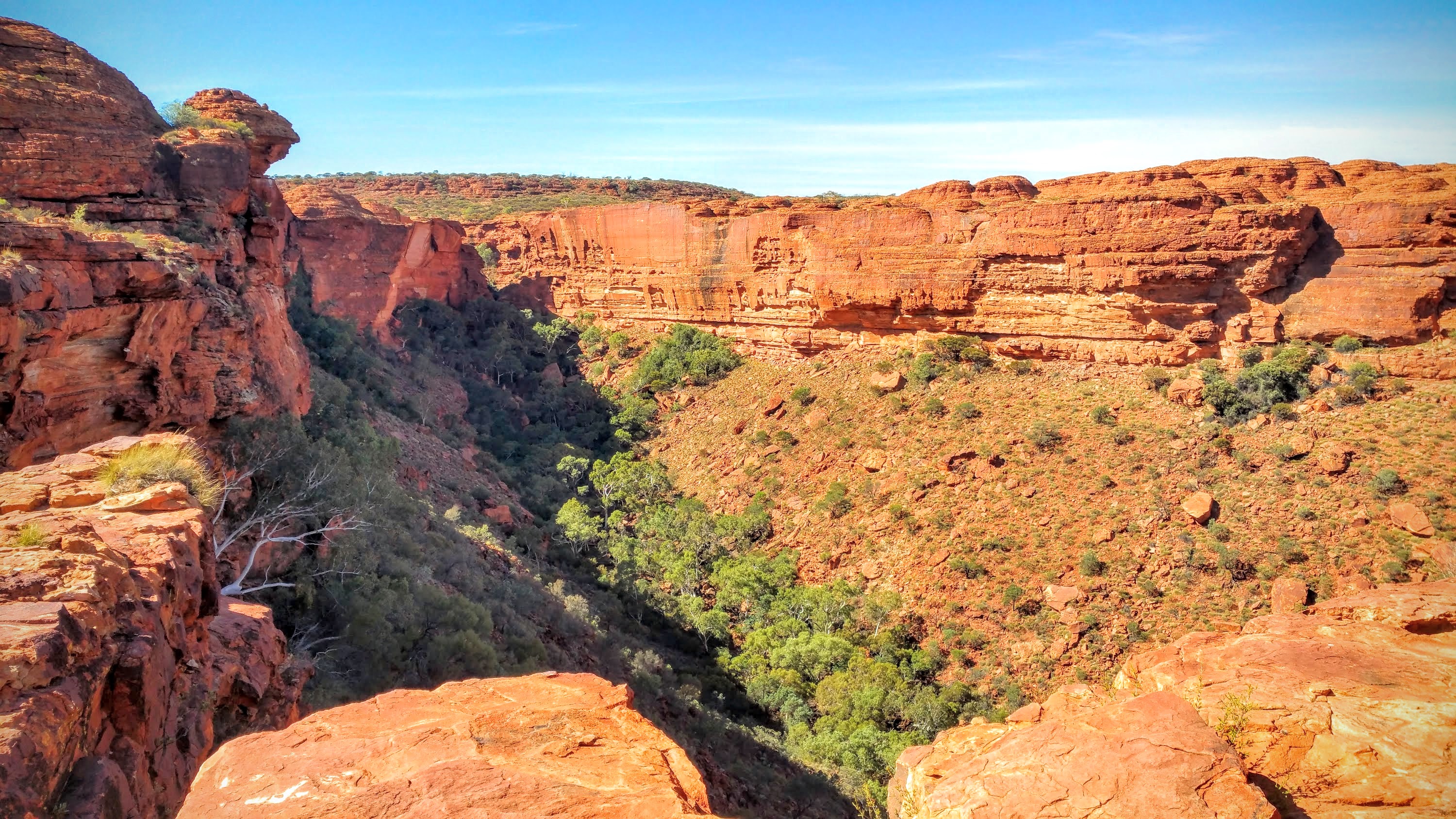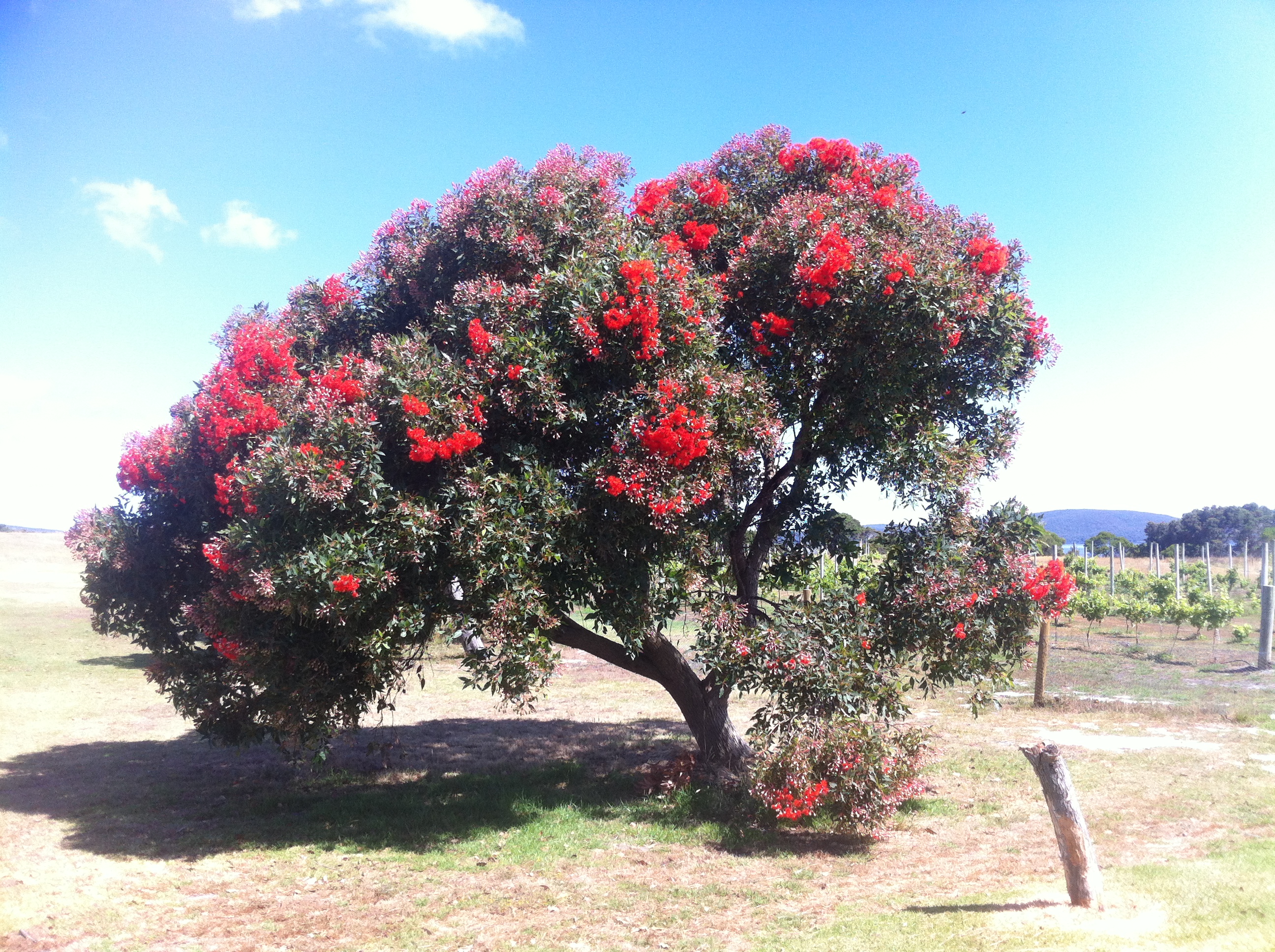|
Cranbourne Botanic Gardens
The Royal Botanic Gardens Victoria at Cranbourne Gardens, is a division of the Royal Botanic Gardens Victoria (the second division being the Royal Botanic Gardens, Melbourne, located in the centre of Melbourne). It is located in the suburb of Cranbourne, Victoria, Cranbourne, about 45 km south-east of the Melbourne city centre. Cranbourne Gardens specialises in Australian native plants. The total area of this division of the botanic gardens is 363 hectares, including Heath (habitat), heathlands, wetlands and woodlands. The gardens also provide Habitat (ecology), habitat for native birds, mammals and reptiles, including some rare and endangered species. A recent feature of the Cranbourne, is the specially constructed ''Australian Garden'', opened to the public on 28 May 2006. The ''Australian Garden'' features a number of exhibition gardens, sculptures and displays aimed to bring the beauty and diversity of the Australian landscape and plants to the public. Beyond the ''A ... [...More Info...] [...Related Items...] OR: [Wikipedia] [Google] [Baidu] |
Atriplex
''Atriplex'' () is a plant genus of about 250 species, known by the common names of saltbush and orache (; also spelled orach). It belongs to the subfamily Chenopodioideae of the family Amaranthaceae ''s.l.''. The genus is quite variable and widely distributed. It includes many desert and seashore plants and halophytes, as well as plants of moist environments. The generic name originated in Latin and was applied by Pliny the Elder to the edible oraches. The name saltbush derives from the fact that the plants retain salt in their leaves; they are able to grow in areas affected by soil salination. Description Species of plants in genus ''Atriplex'' are annual or perennial herbs, subshrubs, or shrubs. The plants are often covered with bladderlike hairs, that later collapse and form a silvery, scurfy or mealy surface, rarely with elongate trichomes. The leaves are arranged alternately along the branches, rarely in opposite pairs, either sessile or on a petiole, and are sometim ... [...More Info...] [...Related Items...] OR: [Wikipedia] [Google] [Baidu] |
Kings Canyon, Northern Territory
Kings Canyon is a canyon in the Northern Territory of Australia located at the western end of the George Gill Range about southwest of Alice Springs and about south of Darwin within the Watarrka National Park. Description The walls of Kings Canyon are over 100 metres high, with Kings Creek at the bottom. Part of the gorge is a sacred Aboriginal site and visitors are discouraged from leaving the walking tracks. Three walks exist at Kings Canyon. The two km (return) and approximately one-hour Kings Creek Walk traces the bottom of the gorge. At the end of the walk is a platform, with views of the canyon walls above. The six km (loop) Kings Canyon Rim Walk traces the top of the canyon and takes three to four hours to complete. A steep climb at the beginning of the walk, which locals call "Heartbreak Hill" (or "Heart Attack Hill", due to its steepness), takes visitors up to the top, with views of the gorge below and of the surrounding landscape. About half w ... [...More Info...] [...Related Items...] OR: [Wikipedia] [Google] [Baidu] |
Uluru
Uluru (; pjt, Uluṟu ), also known as Ayers Rock ( ) and officially Gazette#Gazette as a verb, gazetted as UluruAyers Rock, is a large sandstone geological formation, formation in the centre of Australia. It is in the southern part of the Northern Territory, southwest of Alice Springs. Uluru is sacred to the Pitjantjatjara, the Aboriginal Australians, Aboriginal people of the area, known as the Anangu, Aṉangu. The area around the formation is home to an abundance of springs, depression (geology), waterholes, rock caves, and cave painting, ancient paintings. Uluru is listed as a UNESCO World Heritage Site. Uluru and Kata Tjuta, also known as the Olgas, are the two major features of the Uluṟu-Kata Tjuṯa National Park. Uluru is one of Australia's most recognisable natural landmarks and has been a popular destination for tourists since the late 1930s. It is also one of the most important indigenous sites in Australia. Name The local Anangu, Aṉangu, the Pitjantjatjara ... [...More Info...] [...Related Items...] OR: [Wikipedia] [Google] [Baidu] |
Escarpment
An escarpment is a steep slope or long cliff that forms as a result of faulting or erosion and separates two relatively level areas having different elevations. The terms ''scarp'' and ''scarp face'' are often used interchangeably with ''escarpment''. Some sources differentiate the two terms, with ''escarpment'' referring to the margin between two landforms, and ''scarp'' referring to a cliff or a steep slope. In this usage an escarpment is a ridge which has a gentle slope on one side and a steep scarp on the other side. More loosely, the term ''scarp'' also describes a zone between a coastal lowland and a continental plateau which shows a marked, abrupt change in elevation caused by coastal erosion at the base of the plateau. Formation and description Scarps are generally formed by one of two processes: either by differential erosion of sedimentary rocks, or by movement of the Earth's crust at a geologic fault. The first process is the more common type: the escarpment is a t ... [...More Info...] [...Related Items...] OR: [Wikipedia] [Google] [Baidu] |
Stringybark
A stringybark can be any of the many ''Eucalyptus'' species which have thick, fibrous bark. Like all eucalypts, stringybarks belong to the family Myrtaceae. In exceptionally fertile locations some stringybark species (in particular messmate stringybark (''Eucalyptus obliqua'') can be very large, reaching over 80 metres in height. More typically, stringybarks are medium-sized trees in the 10 to 40 metre range. Early European colonists often used the bark for roofing and walls of huts. The term ''stringybark'' is a descriptive, vernacular name and does not imply any special taxonomic relationship within the genus ''Eucalyptus''. For example, scientists consider ''Eucalyptus obliqua'' to not be closely related to the other stringybarks, because of the gumnut shape. And ''Eucalyptus acmenoides'' is part of the ''mahogany'' group of eucalyptus. Also as the gumnuts are a different shape, despite the bark being somewhat stringy.Forest Trees of Australia, D.J. Boland et al. 1992 page 2 ... [...More Info...] [...Related Items...] OR: [Wikipedia] [Google] [Baidu] |
Corymbia Ficifolia
''Corymbia ficifolia'' ( syn. ''Eucalyptus ficifolia'', commonly known as the red flowering gum, is a species of small tree that is endemic to the south-west of Western Australia. It has rough, fibrous bark on the trunk and branches, egg-shaped to broadly lance-shape adult leaves, flower buds in groups of seven, bright red, pink or orange flowers and urn-shaped fruit. It has a restricted distribution in the wild but is one of the most commonly planted ornamental eucalypts. Description ''Corymbia ficifolia'' is a straggly tree that typically grows to a height of and forms a lignotuber. It has rough, fibrous brownish bark on the trunk and branches. The adult leaves are dull to slightly glossy, paler on the lower surface, egg-shaped to broadly lance-shaped, long and wide, tapering to a petiole long. The flower buds are arranged on the ends of branchlets on a branched peduncle long, each branch of the peduncle with seven buds on pedicels long. Mature buds are oval to pear-s ... [...More Info...] [...Related Items...] OR: [Wikipedia] [Google] [Baidu] |
Agonis Flexuosa
''Agonis flexuosa'' is a species of tree that grows in the south west of Western Australia. It is easily the most common of the ''Agonis'' species, and is one of the most recognisable trees of Western Australia, being commonly grown in parks and on road verges in Perth. The species is commonly known as Western Australian peppermint, Swan River peppermint or peppermint, and willow myrtle for its weeping habit. The Noongar peoples know the tree as Wanil, Wonnow, Wonong or Wannang. Description ''A. flexuosa'' occurs mainly as a small and robust tree, usually less than 10 metres tall, although it may grow to 15 metres. It has fibrous brown bark, long narrow dull-green leaves, and tightly clustered inflorescences of small white flowers in the axes. It grows in a weeping habit, and looks remarkably like the weeping willow from a distance. Leaves are narrow and reach a length of 150mm. It is most readily identified by the powerful odour of peppermint emitted when the leaves ... [...More Info...] [...Related Items...] OR: [Wikipedia] [Google] [Baidu] |
Box (other)
A box is a container or package, usually with parallel, flat, rectangular sides. Box or boxes may also refer to: Arts, entertainment and media Fictional characters * Box (comics), a Marvel comics superhero *Box, a robot in the 1976 film '' Logan's Run'' Film * ''Box'' (film), a 2015 Romanian film *'' BOX: The Hakamada Case'', a 2010 documentary about boxer Iwao Hakamada * ''Boxes'' (film), a 2007 French film Music * ''Box'' (Chocolate Starfish album), 1995 * ''Box'' (Gas album), 2016 * ''Boxes'' (Goo Goo Dolls album), 2016, and the title track * ''Box'' (Guided by Voices album), 1995 * ''Boxes'' (Sydney Dance Company album), 1985 * ''Box'' (Sam Brown album), 1997 *''Box'', a 1996 album by Christie Hennessy *''Box'', a 1995 album by Dive *''Box'', a 2006 album by Mellowdrone * "Boxes", a 2007 song by Charlie Winston from '' Make Way'' * "Boxes", a 2020 song by Moses Sumney from ''Græ'' Places * Box, Gloucestershire, England *Box, Wiltshire, England **Box Tunnel, a railway t ... [...More Info...] [...Related Items...] OR: [Wikipedia] [Google] [Baidu] |
Ironbark
Ironbark is a common name of a number of species in three taxonomic groups within the genus ''Eucalyptus'' that have dark, deeply furrowed bark. Instead of being shed annually as in many of the other species of ''Eucalyptus'', the dead bark accumulates on the trees, forming the fissures. It becomes rough after drying out and becomes impregnated with kino (red gum), a dark red tree sap exuded by the tree. The tree is so named for the apparent resemblance of its bark to iron slag. The bark is resistant to fire and heat and protects the living tissue within the trunk and branches from fire. In cases of extreme fire, where leaves and shoots are removed, the protective bark aids in protecting epicormic buds which allow the tree to reshoot. Being a very dense, hard wood, a length of ironbark is often used as a bug shoe on the bottom of a ship's skeg to protect it from shipworms. Ironbark was widely used in the piles of 19th and early 20th century bridges and wharves in New Zealand. ... [...More Info...] [...Related Items...] OR: [Wikipedia] [Google] [Baidu] |
Eucalypt
Eucalypt is a descriptive name for woody plants with capsule fruiting bodies belonging to seven closely related genera (of the tribe Eucalypteae) found across Australasia: ''Eucalyptus'', '' Corymbia'', '' Angophora'', ''Stockwellia'', ''Allosyncarpia'', ''Eucalyptopsis'' and ''Arillastrum''. Taxonomy For an example of changing historical perspectives, in 1991, largely genetic evidence indicated that some prominent ''Eucalyptus'' species were actually more closely related to ''Angophora'' than to other eucalypts; they were accordingly split off into the new genus ''Corymbia''. Although separate, all of these genera and their species are allied and it remains the standard to refer to the members of all seven genera ''Angophora'', ''Corymbia'', ''Eucalyptus'', ''Stockwellia'', ''Allosyncarpia'', ''Eucalyptopsis'' and ''Arillastrum'' as "eucalypts" or as the eucalypt group. The extant genera ''Stockwellia'', ''Allosyncarpia'', ''Eucalyptopsis'' and ''Arillastrum'' comprise six k ... [...More Info...] [...Related Items...] OR: [Wikipedia] [Google] [Baidu] |
Arid
A region is arid when it severely lacks available water, to the extent of hindering or preventing the growth and development of plant and animal life. Regions with arid climates tend to lack vegetation and are called xeric or desertic. Most arid climates straddle the Equator; these regions include parts of Africa, Asia, South America, North America, and Australia. Change over time The distribution of aridity at any time is largely the result of the general circulation of the atmosphere. The latter does change significantly over time through climate change. For example, temperature increase by 1.5–2.1 percent across the Nile Basin over the next 30–40 years could change the region from semi-arid to arid, significantly reducing the land usable for agriculture. In addition, changes in land use can increase demands on soil water and thereby increase aridity. See also * Arid Forest Research Institute * Aridity index * Desert climate * Desiccation tolerance * Drought * Hu ... [...More Info...] [...Related Items...] OR: [Wikipedia] [Google] [Baidu] |







